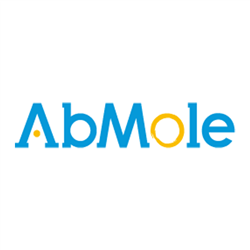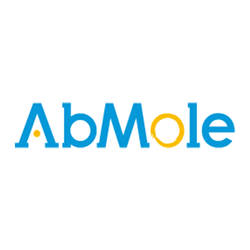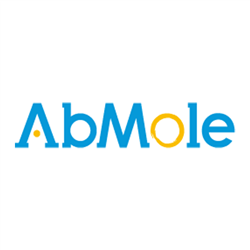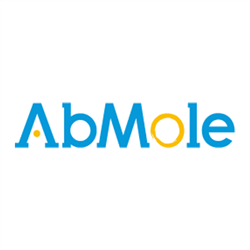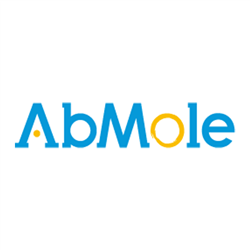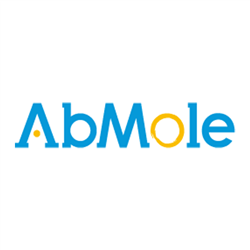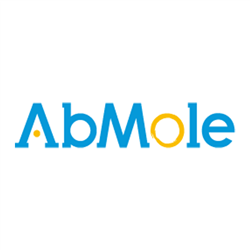Protein
- Instrumentos
- Agitadores / Agit. Incubadores
- Orbitales
- Con Incubación
- Incubadores Gran Capacidad
- Lineales, Balanceo y 3D
- Incubadores Microplacas
- Para colocar en estufa
- Magnéticos
- Mezcladores /Roller /Rotatorios
- Agitadores de Paletas
- Jeio Tech Accesorios para Agitadores
- Benchmark Accesorios para Agitadores
- N-Biotek Accesorios para Agitadores
- Biosan Accesorios para Agitadores
- Labnet Int. Accesorios para Agitadores
- Vórtex
- Analisis Imagen, animales, plantas, geles
- Balanzas
- Baños Termostáticos
- Cabinas Flujo / Extraccion gases / PCR
- Centrifugas
- Detectores de Radioactividad
- Electroforesis
- Electroquímica
- Equipos Microplacas
- Espectrofotometros
- Experimentacion Animal
- Hornos de Hibridacion
- Homogeneizadores
- Estufas / Equipos calor, frio
- Luminómetros de Tubos
- Microbiologia
- Pipetas / Dispensadores
- Pipetas Labnet Int. Monocanales Automaticos
- Pipetas HTL Monocanales Automáticas
- Pipeta Accumax Mono y Multicanales
- Pipetas Labnet Int. Multicanales
- Pipetas HTL Multicanales
- Pipetas Volumen Fijo
- Pipetas Electrónicas
- Dispensadores
- Dispensadores de Botella
- Pipetas Biosan Monocanales
- Pipetas Biosan Multicanales
- PCR / Tiempo Real (qPCR)l / Cicladores
- QPCR, Sistemas automaticos
- Sonicadores / Ultrasonidos
- Ultracongeladores
- Bombas Jeringa / Vacio / Osmoticas
- Ultracentrífugas
- Micro Array label free
- Contadores de Células
- Contenedores Criogenicos
- Producción agua ultrapura
- Electrospinning
- Agitadores / Agit. Incubadores
- Reactivos
- Consumibles
- Catálogos PDF
Protein Hay 17559 productos.
Recombinant Human SEMA3A (Mammalian, N-6His-Flag)
Semaphorin 3A (SEMA3A) is a secreted protein which belongs to the semaphorin family. Semaphorin 3A can function as either a chemorepulsive agent, inhibiting axonal outgrowth, or as a chemoattractive agent, stimulating the growth of apical dendrites.
Recombinant Human IL-25/IL-17E (Mammalian, C-6His)
Interleukin 25 (IL-25) belongs to the Interleukin 17 (IL-17) family of proteins. IL25 is a glycoprotein secreted as dimers by innate effector eosinophils and basophils, and present at very low levels in various peripheral tissues. IL25, together with IL17B, are ligands for the cytokine receptor IL17BR, and the cross-linking induces NF-κB activation and...
Recombinant Human IL-25/IL-17E (Mammalian, C-6His)
Interleukin 25 (IL-25) belongs to the Interleukin 17 (IL-17) family of proteins. IL25 is a glycoprotein secreted as dimers by innate effector eosinophils and basophils, and present at very low levels in various peripheral tissues. IL25, together with IL17B, are ligands for the cytokine receptor IL17BR, and the cross-linking induces NF-κB activation and...
Recombinant Human IL-25/IL-17E (E. coli, C-His)
Interleukin 25 (IL-25) belongs to the Interleukin 17 (IL-17) family of proteins. IL25 is a glycoprotein secreted as dimers by innate effector eosinophils and basophils, and present at very low levels in various peripheral tissues. IL25, together with IL17B, are ligands for the cytokine receptor IL17BR, and the cross-linking induces NF-κB activation and...
Recombinant Human HMGB1 Protein (E. coli)
High mobility group protein B1 is a member of the HMGB family consisting of three members, HMGB1, HMGB2 and HMGB3. As a nuclear protein, HMGB1 stabilizes nucleosomes and allows bending of DNA that facilitates gene transcription which is essential for individual survival. Meanwhile, it is revealed that HMGB1 can also act as a cytokine extracellularlly and...
Recombinant Human HMGB1 Protein (E. coli)
High mobility group protein B1 is a member of the HMGB family consisting of three members, HMGB1, HMGB2 and HMGB3. As a nuclear protein, HMGB1 stabilizes nucleosomes and allows bending of DNA that facilitates gene transcription which is essential for individual survival. Meanwhile, it is revealed that HMGB1 can also act as a cytokine extracellularlly and...
Recombinant Rat FGF-basic (E. coli, Ala11-Ser154)
Fibroblast Growth Factor-basic (FGF-basic), also known as FGF-2, is a pleiotropic cytokine and one of the prototypic members of the heparin-binding FGF family. FGF-basic regulates a variety of processes including cell proliferation, differentiation, survival, adhesion, motility, apoptosis, limb formation and wound healing. FGF-basic is a non-glycosylated...
Recombinant Rat FGF-basic (E. coli, Ala11-Ser154)
Fibroblast Growth Factor-basic (FGF-basic), also known as FGF-2, is a pleiotropic cytokine and one of the prototypic members of the heparin-binding FGF family. FGF-basic regulates a variety of processes including cell proliferation, differentiation, survival, adhesion, motility, apoptosis, limb formation and wound healing. FGF-basic is a non-glycosylated...
Recombinant Rat FGF-basic (E. coli, Pro10-Ser154)
Fibroblast Growth Factor-basic (FGF-basic), also known as FGF-2, is a pleiotropic cytokine and one of the prototypic members of the heparin-binding FGF family. FGF-basic regulates a variety of processes including cell proliferation, differentiation, survival, adhesion, motility, apoptosis, limb formation and wound healing. FGF-basic is a non-glycosylated...
Recombinant Rat FGF-basic (E. coli, Pro10-Ser154)
Fibroblast Growth Factor-basic (FGF-basic), also known as FGF-2, is a pleiotropic cytokine and one of the prototypic members of the heparin-binding FGF family. FGF-basic regulates a variety of processes including cell proliferation, differentiation, survival, adhesion, motility, apoptosis, limb formation and wound healing. FGF-basic is a non-glycosylated...
Recombinant Mouse Pleiotrophin/PTN (Mammalian, C-6His)
Pleiotrophin (PTN) is a secreted, strongly heparinbinding, developmentally regulated cytokine. PTN is involved in development of brain, bone, and organs undergoing branching morphogenesis. PTN causes PTPRB dimerization and inactivates its phosphatase activity, which allows increased tyrosine phosphorylation of its substrates. Increased expression of PTN...
Recombinant Mouse Pleiotrophin/PTN (Mammalian, C-6His)
Pleiotrophin (PTN) is a secreted, strongly heparinbinding, developmentally regulated cytokine. PTN is involved in development of brain, bone, and organs undergoing branching morphogenesis. PTN causes PTPRB dimerization and inactivates its phosphatase activity, which allows increased tyrosine phosphorylation of its substrates. Increased expression of PTN...

